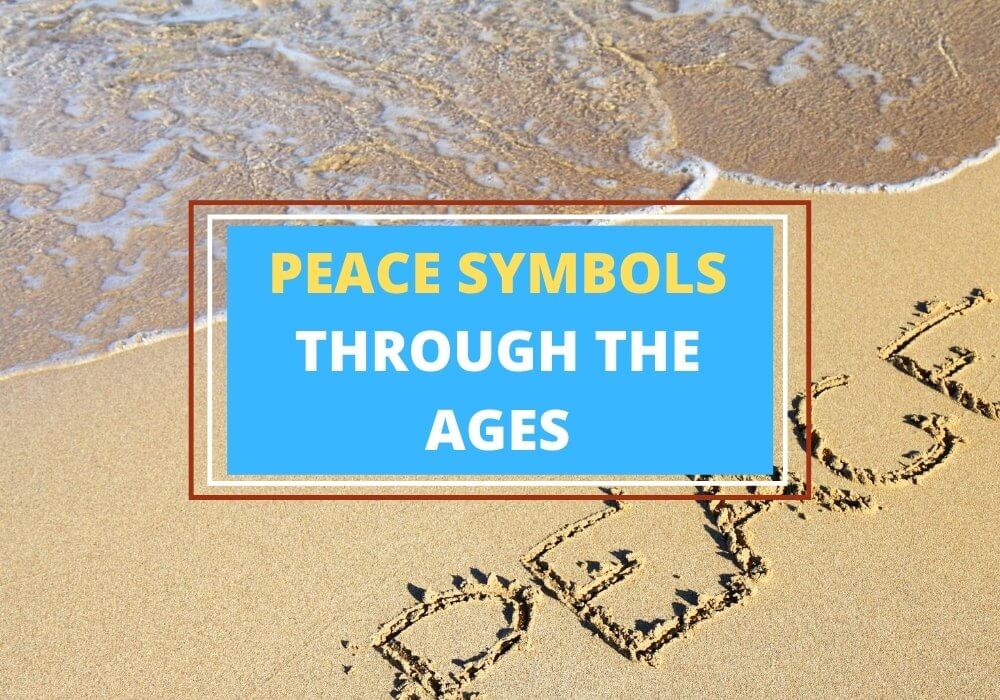
Table of Contents
Gertrud von Le Fort once defined symbols as the “language of something invisible spoken in the visible world.”
Having struggled with finding and achieving peace since time immemorial, humans have come up with many signs and symbols for it. In a way, this is how we verbalize something we haven’t fully experienced yet.
Here are some of the most-used symbols of peace throughout history and how they came to be.
Olive Branch
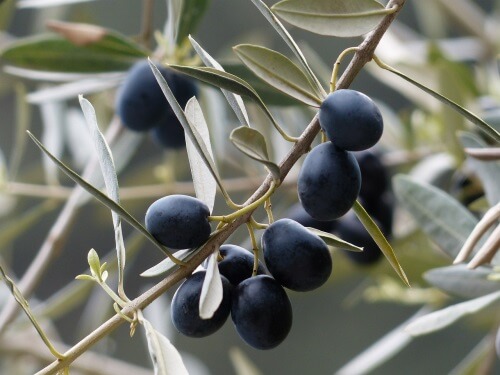
Extending an olive branch is a popular idiom symbolizing an offer for peace. In Greek mythology, the goddess of peace, Eirene, is often illustrated holding an olive branch. Interestingly, Mars, the Roman god of war, is likewise depicted bearing the same branch. This indicates that the Romans had a deep understanding of the intimate relationship between war and peace. The image of Mars holding an olive branch was a portrayal that peace is never as satisfying as when enjoyed after a long period of unrest. It also indicated that in order to achieve peace, sometimes war is required. So connected is the image of the olive branch with peace, that it’s even entered the English language. To extend an olive branch means to make peace with someone after an argument or fight.
Doves
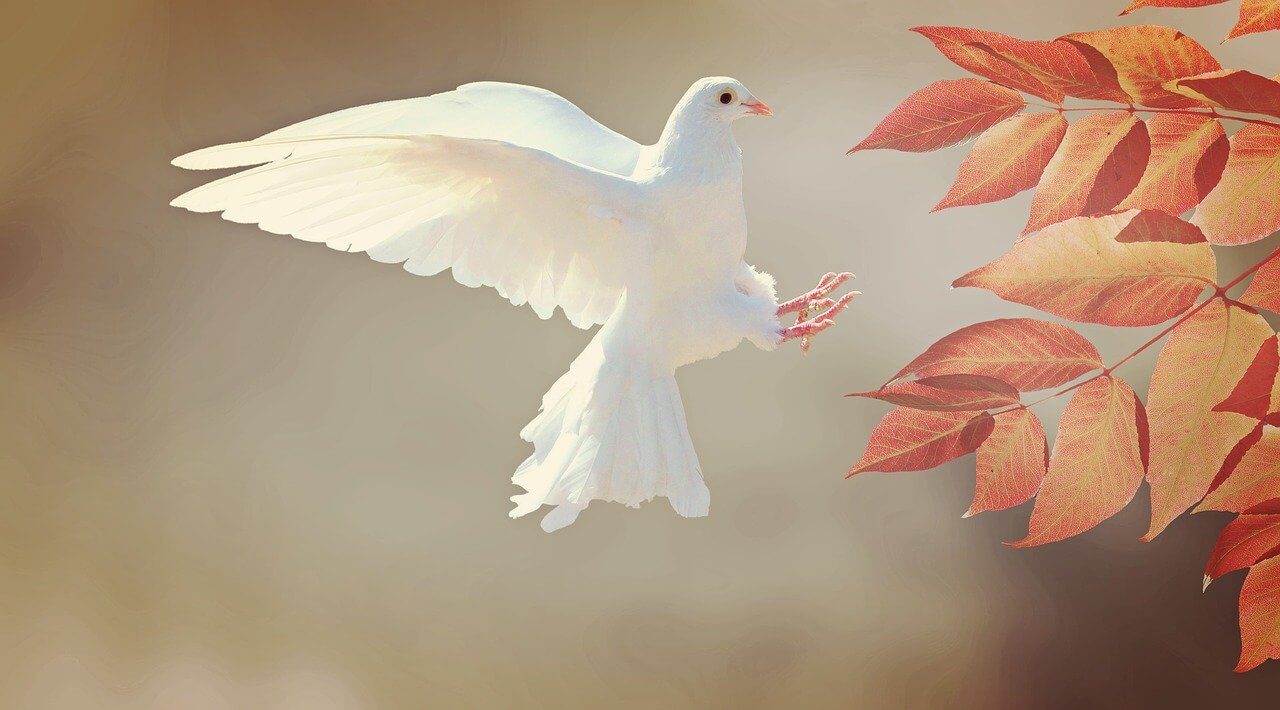
Biblically, the dove is used to represent the Holy Ghost or the Holy Spirit, which in turn symbolizes peace among the faithful. More recently, world-renowned artist Pablo Picasso, popularized the dove as a symbol of peace activism during the Cold War era. The symbolism was eventually picked up by the Communist Party for their anti-war campaigns. The dove and the olive branch together is another peace symbol has Biblical origins.
Laurel Leaf or Wreath
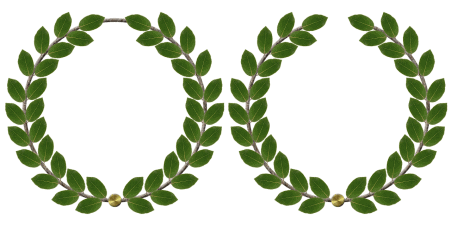
One lesser-known peace symbol is the laurel wreath since it is more commonly associated with the academe. However, it is a famous symbol of peace in ancient Greece since villages usually crafted wreaths out of laurel leaves to crown winning martial commanders after wars and battles. Over time, laurel leaves were made into leis that were awarded to successful Olympians and poets. Overall, laurel wreaths indicate the end of the competition and the beginning of peaceful and happy celebrations.
Mistletoe
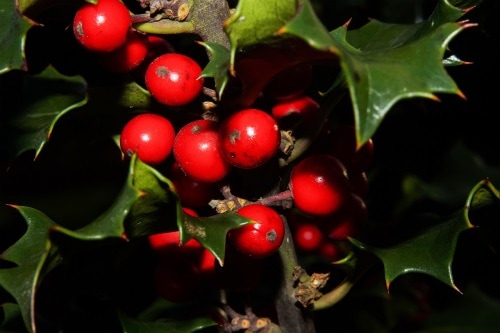
According to Scandinavian mythology, the son of the goddess Freya was slain using an arrow made of mistletoe. To honor his offspring’s life and sacrifice, Freya declared the mistletoe as a reminder of peace. As a result, tribes lay low and stopped fighting for some time whenever they encountered trees or doorways with mistletoe. Even the Christmas tradition of kissing under the mistletoe comes from these tales, as peaceful friendship and love are often sealed with a kiss.
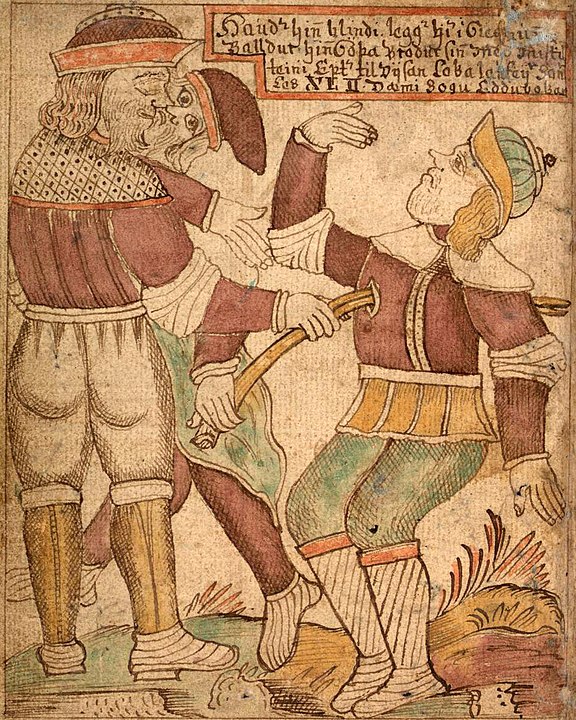
Broken Gun or No-Gun Sign
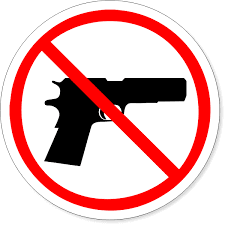

This is one symbol you would often find in placards raised in peace demonstrations. The first known use of the broken rifle symbol was in 1917 when the German War Victims used it on their peace banner. The formation of the War Resisters International (WRI) organization in 1921 further popularized the imagery. The concept behind the symbolism was well summarized by Filipino artist Francis Magalona when he sang the words, “you can’t talk peace and have a gun”. The no gun symbol is also sometimes used in a similar way.
Japanese Peace Bell
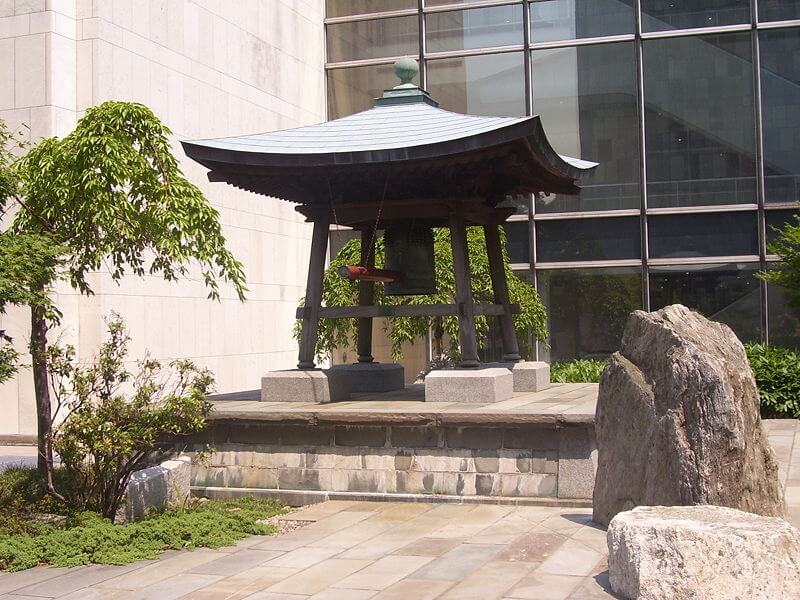
Before Japan was officially admitted as part of the United Nations, the Japanese people formally presented the Japanese Peace Bell as a gift to the union. The symbolic bell of peace is permanently housed in a Shinto shrine at the UN territory grounds in New York City. One side of the bell bears Japanese characters that say: Long live absolute world peace.
White Poppies
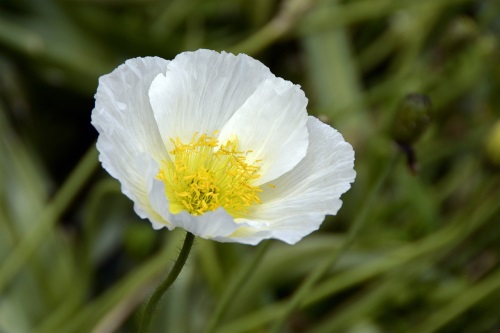
Following the First World War, red poppies became a popular emblem to show respect to fallen troops and warriors. The Royal British Legion distributed the flowers to exalt their servicemen. However, the Women’s Cooperative Guild thought there must be a way to honor war veterans without romanticizing the bloody wars they participated in. That’s when they started giving out white poppies to honor casualties – soldiers and civilians alike, while recognizing that violence is never the best way to achieve peace. In 1934, the peace organization Peace Pledge Union revived the mass distribution of white poppies to spread its commitment to stopping wars from taking place ever again.
Pace Flag
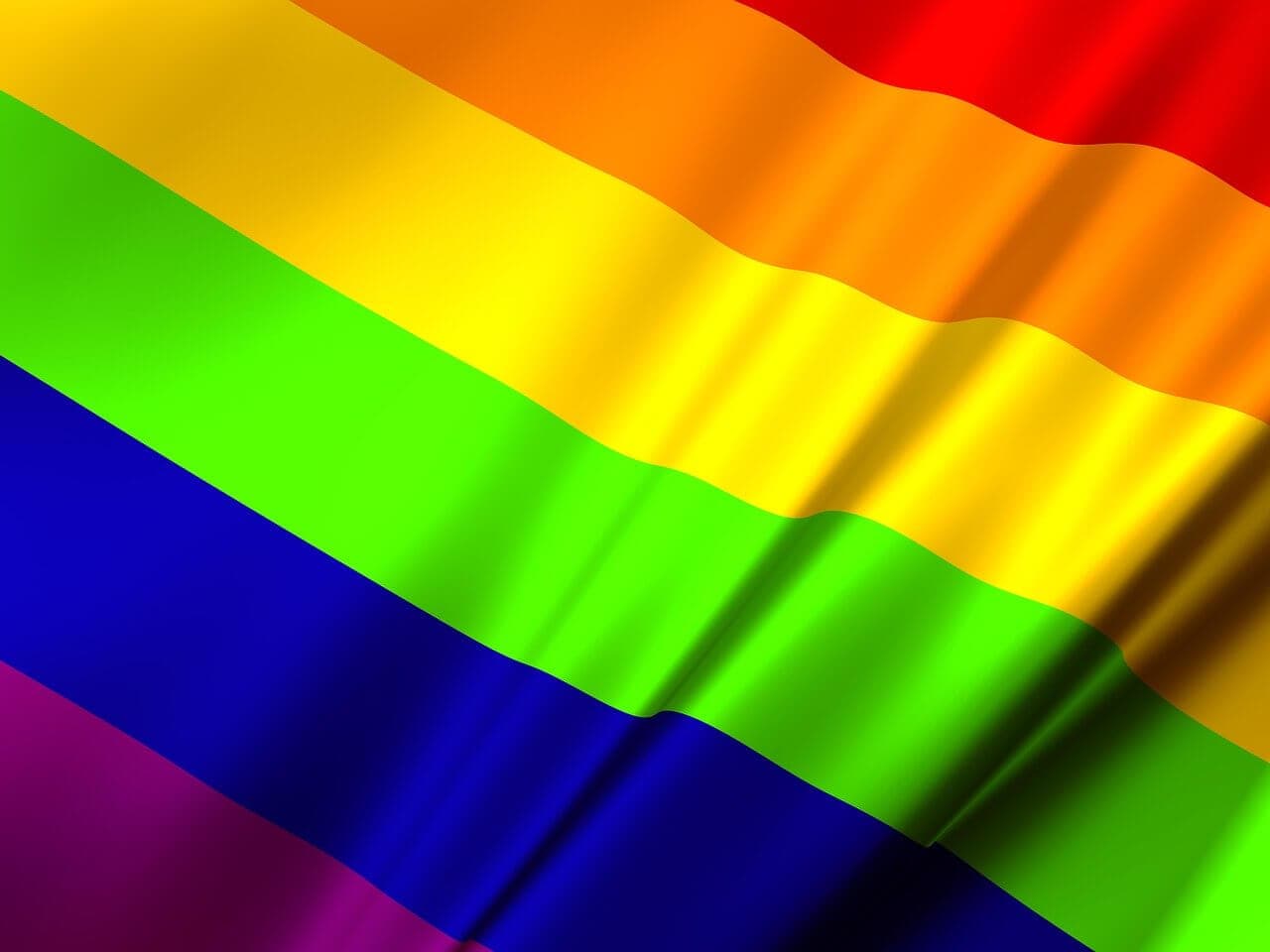
According to the Bible, God created the rainbow as a symbol of his promise that He would never send another great flood to punish humankind for its sins. Fast forward to 1923, and the Swiss peace movements made rainbow flags to symbolize solidarity, equality, and world peace. These flags commonly bear the Italian word ‘Pace,’ which directly translates to ‘Peace.’ Aside from its association with gay pride, the peace flags became popular again in 2002 when used for a campaign entitled ‘pace da tutti balconi’ (peace from every balcony), a protest action against brewing tensions in Iraq.
Handshake or Arms Linked Together
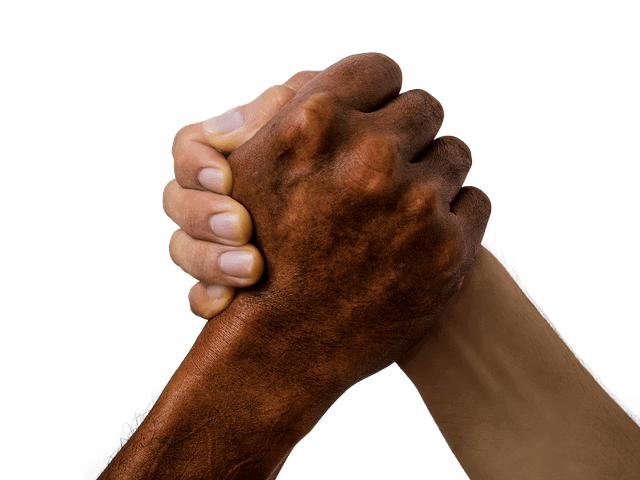
Modern artists usually illustrate world peace by drawing people of different colors, ethnicities, religions, and cultures standing side by side with their arms or hands linked together. Drawings of state troops and rebel forces shaking each other’s hands are also a universal symbol of peace and solidarity. Even in daily life, competing parties are usually asked to do a handshake to signify no ill feelings between them.
Victory Symbol (or V Sign)
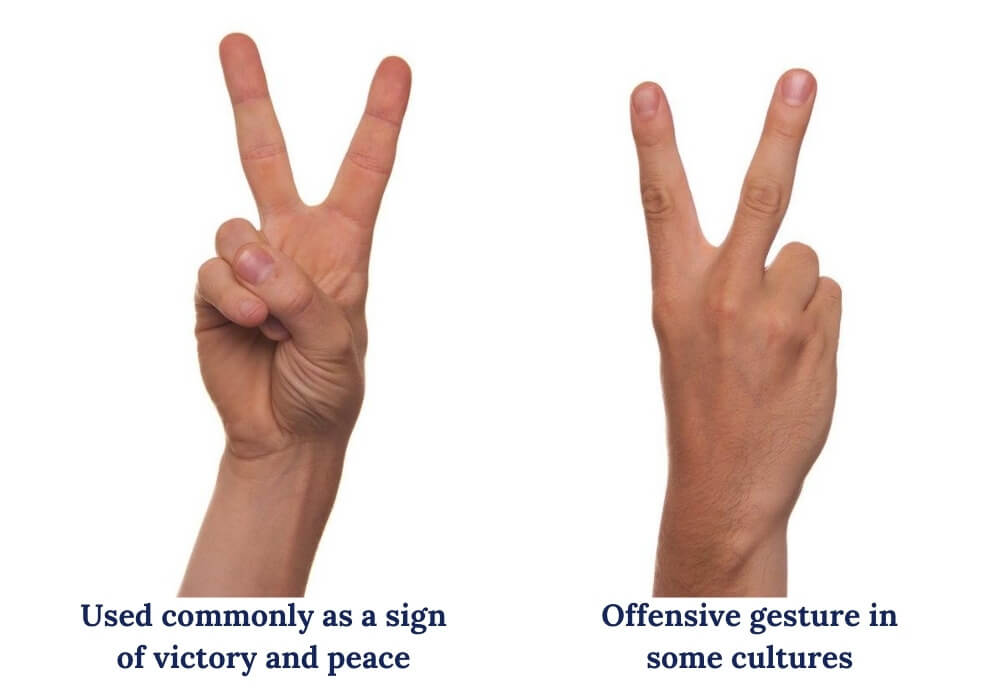
The V sign is a popular hand gesture that has many meanings, depending on the context it’s viewed in. When the V sign is made with the palm of the hand towards the signer, it’s often viewed as an offensive gesture in some cultures. When the back of the hand is facing the signer, with palm facing outwards, the sign is commonly seen as a symbol of victory and peace.
The V sign originated in 1941 during the Second World War and was used by the Allies. During the Vietnam war, it was used by the counterculture as a symbol of peace and a protest against war. Today, it’s also used when taking photographs, especially in East Asia, where the V sign is associated with cuteness.
The Peace Sign
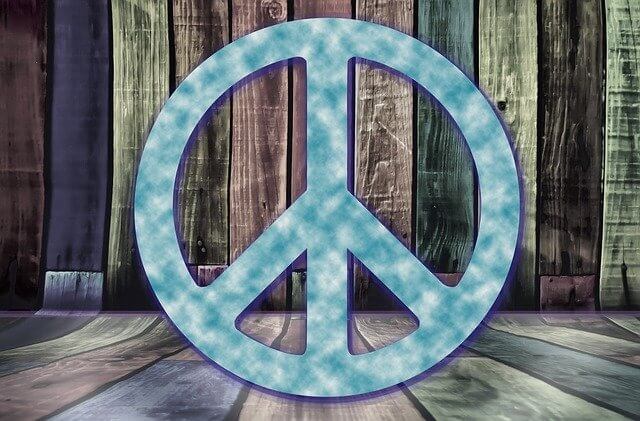
Finally, we have the international sign of peace. It was designed by artist Gerald Holtom for the British nuclear disarmament movement. Soon, the symbol was printed on mass-produced pins, badges, and brooches. Since it was never trademarked or copyrighted by the disarmament movement, the logo spread and was adopted in anti-war demonstrations worldwide. Nowadays, the sign is used as a generic representation of world peace.
An interesting side note is that when designing the symbol, Holtom notes:
I was in despair. Deep despair. I drew myself: the representative of an individual in despair, with hands palm outstretched outwards and downwards in the manner of Goya’s peasant before the firing squad. I formalised the drawing into a line and put a circle round it.
He later tried to change the symbol, to depict it with the arms raised upwards in a sign of hope, optimism and victory. However, it didn’t catch on.
Wrapping Up
Humanity’s longing for peace is summed up in these internationally recognized symbols. Until world peace is finally achieved, we are bound to come up with more symbols to communicate the idea. For now, we have these symbols to remind us of what we are striving to achieve.








